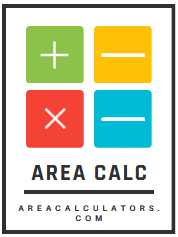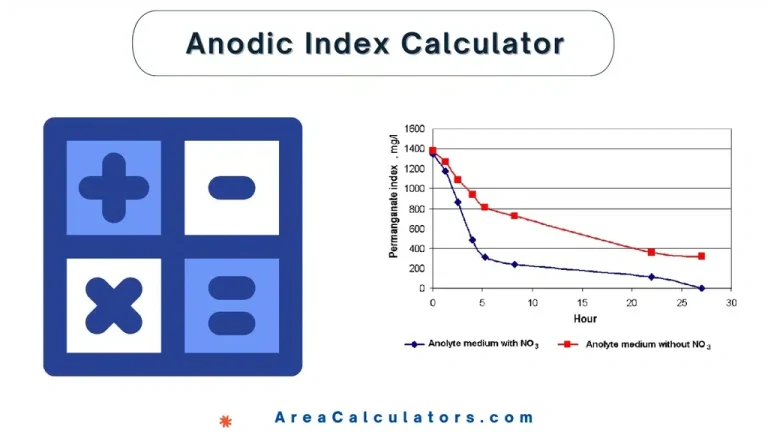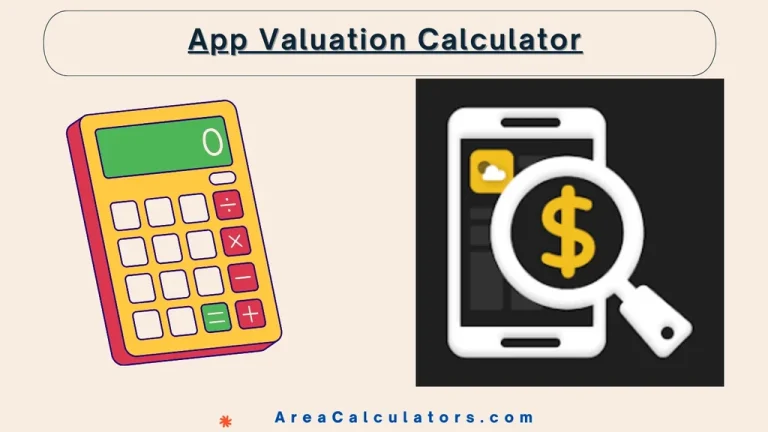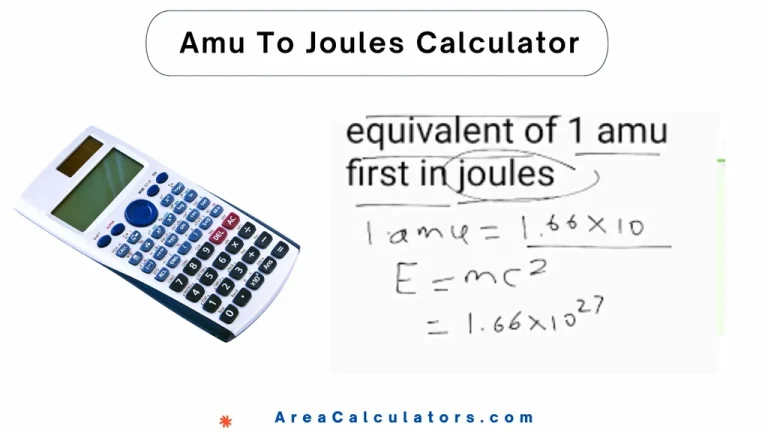Lateral Area of Prism Calculator [ Surface Area, Cuboid, Prism ]
Multiply the perimeter of the base by the prism’s height to find the lateral area. The Lateral Area of a Prism Calculator is a convenient tool for determining the area of the sides of a prism, excluding the bases.
This is particularly useful in geometry, architecture, and design when calculating materials needed for the sides of a structure. Knowing the lateral area helps estimate costs and resources efficiently for both rectangular and non-rectangular prisms.
Formula:
LA = P ∗ h
| Variable | Definition | Units |
|---|---|---|
| LA | Lateral Area of the Prism | Square Units (e.g., m², cm²) |
| P | Perimeter of the Base | Linear Units (e.g., m, cm) |
| h | Height of the Prism | Linear Units (e.g., m, cm) |
Solved Calculations:
Example 1: Calculating the lateral area of a rectangular prism with a base perimeter of 20 cm and a height of 10 cm.
| Step | Value | Explanation |
|---|---|---|
| Perimeter (P) | 20 cm | Measured perimeter of the base |
| Height (h) | 10 cm | Vertical height of the prism |
| Lateral Area (LA) | 200 cm² |
Example 2: Calculating the lateral area of a triangular prism with a base perimeter of 15 m and a height of 8 m.
| Step | Value | Explanation |
|---|---|---|
| Perimeter (P) | 15 m | Measured perimeter of the base |
| Height (h) | 8 m | Vertical height of the prism |
| Lateral Area (LA) | 120 m² |



